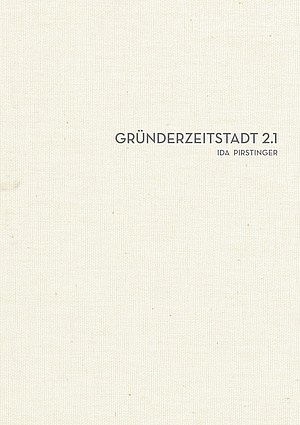Gründerzeitstadt 2.1
Ida Pirstinger
Graz: Publishing Company of Graz University of Technology, 2014
German, 269 pages, paperback
ISBN 978-3-85125-366-5
EUR 47.00
From an ecological and economic perspective, today the Central European city of the future may be considered, to a great extent, already built. Architectural redevelopment and the retrospective densification of existing urban building forms to facilitate a more efficient use of infrastructure are considered to be internationally recognized sustainability strategies, yet to date they have rarely been applied beyond individual structures. The retrospective densification model for Gründerzeit districts introduced in this book addresses this issue and offers a concrete architectural and urban-planning approach to solving this problem without calling into question the cultural heritage of old European cities. By interlacing analytical-empirical and design-based methods, the book investigates whether and under which conditions the Gründerzeit urban-expansion areas represent an adequate and also quantitatively relevant resource for sustainable urban development that simultaneously protects the existing structures, and thus also whether it is able to make a contribution to an inner-city housing supply that is diversified and in keeping with the times. Posited at the center of reflection is not the individual building and its lot, but rather the entire block and its district as an urban-planning and architectural-typological unit. Demonstrated here is that this retrospective densification model displays potential in both quantitative and qualitative respects and thus offers a real alternative to the suburban single-family home. In fact, in rapidly growing cities, it could even make the need for additional building land obsolete.
Ida Pirstinger was a research associate in the Institute of Architectural Typologies at Graz University of Technology from 2007 to 2013.

